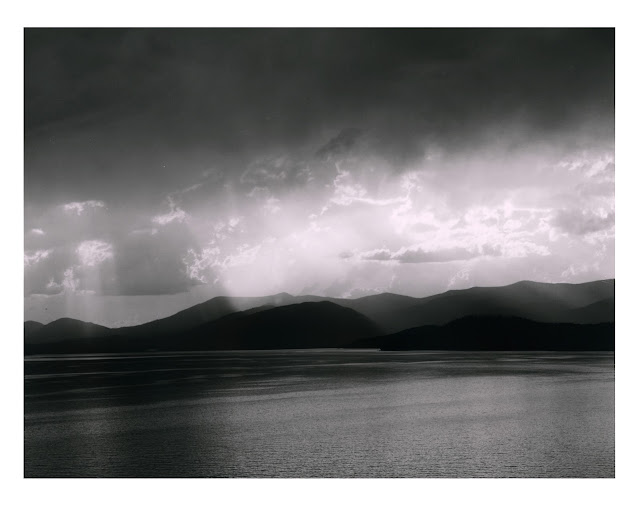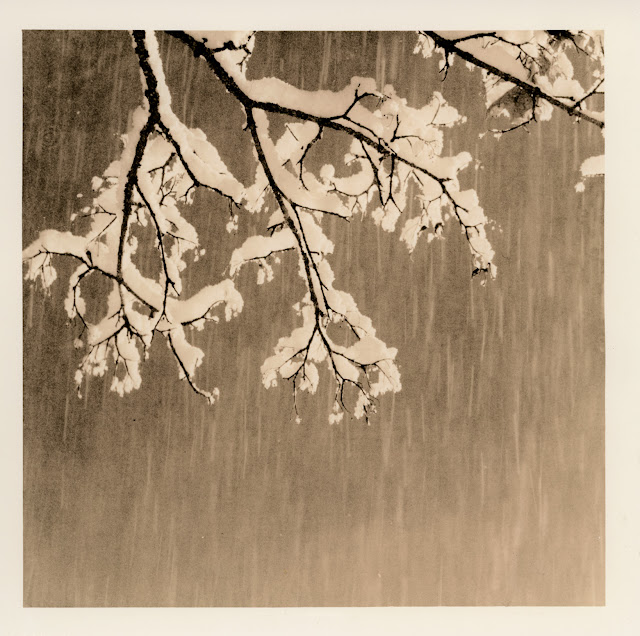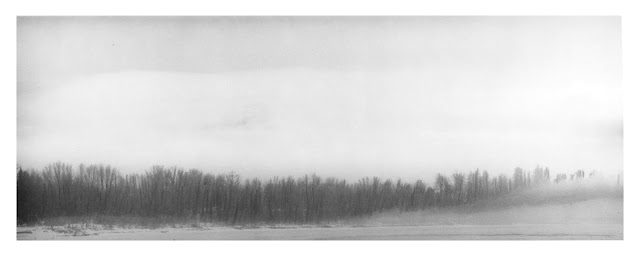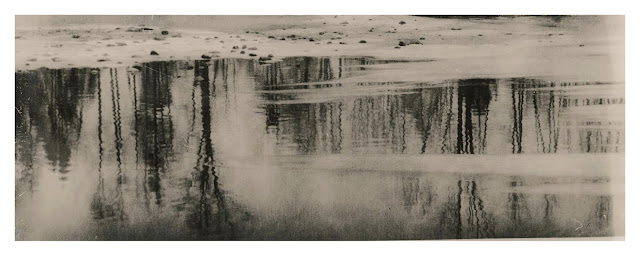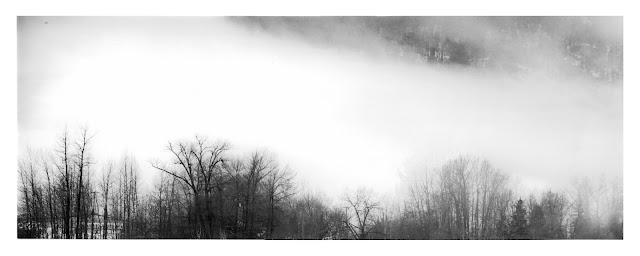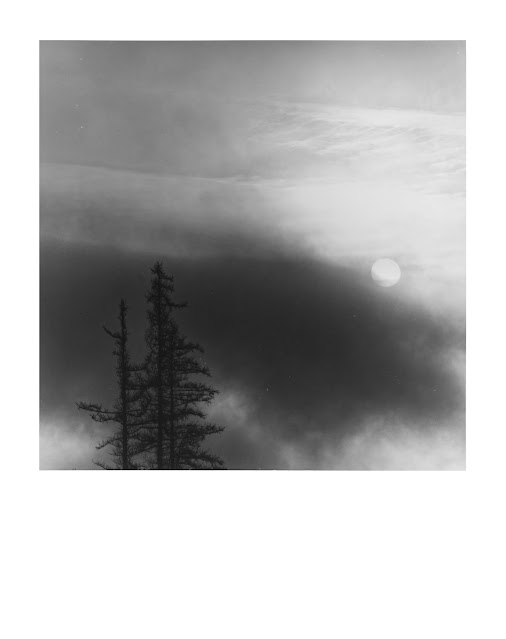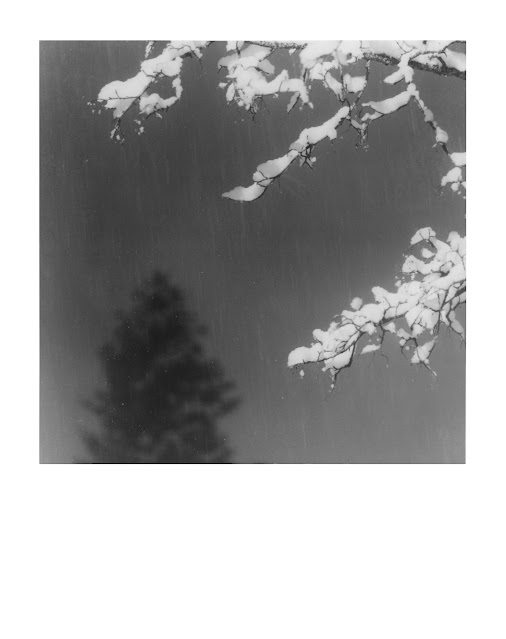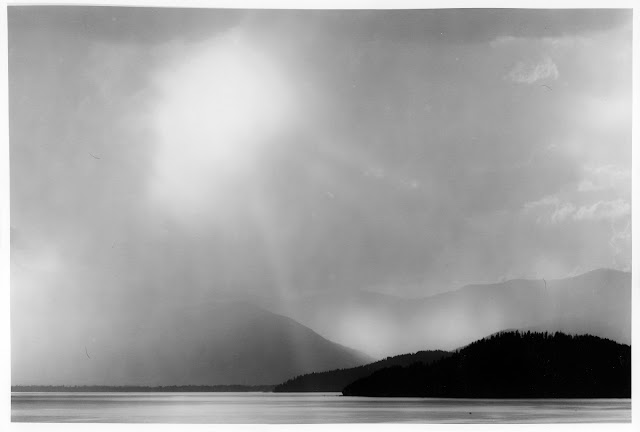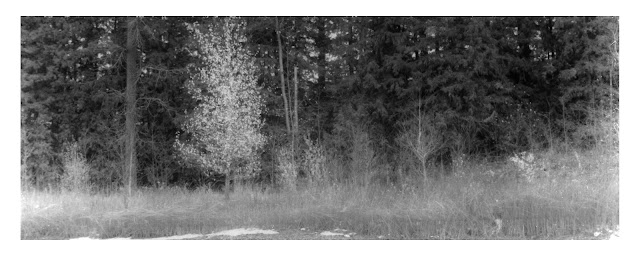A Film Approach to the Fuji GFX50s ii: Part 3
Connecting Digital to Traditional Silver Gelatin Prints in the Darkroom
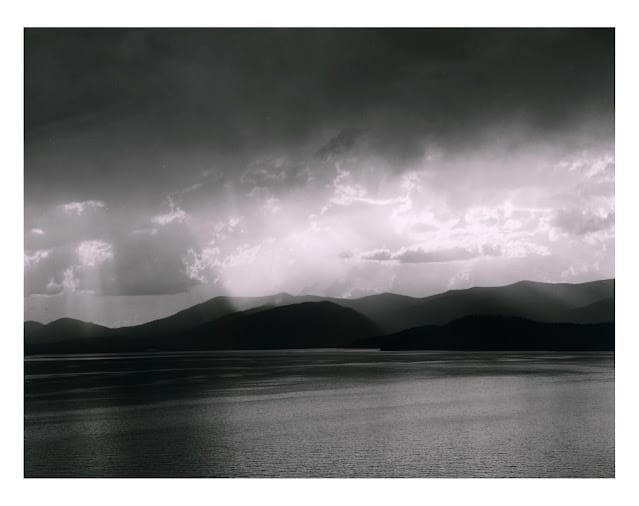
One area of film photography that I really miss when I make digital photographs is the ability to print my black and white negatives on silver gelatin paper. There is something very satisfying about making a print on paper with chemicals and light.
I must also confess that digital printing has at times confounded me. The unintended color casts of monochrome printing, lack of decent proofing, and a sense that I am not in good control of the process have contributed to this feeling.
I have put a lot of time into making silver gelatin prints and so I am generally very comfortable with how to get desired outcomes as well as enjoying some of the serendipity that often comes with the darkroom.
Digital Negatives
This post is a summary of a series of posts I made this year. The link below is where this series begins…
A few years ago, I found some services that would take digital images and make real film negatives from them. More recently I revisited the subject to satisfy my needs with my GFX.
I am happy to report the workflow is very satisfying and I find it affordable and reliable. I work with a company called Gammatech in Albuquerque New Mexico USA. They will take a digital file and digitally print it on a piece of Kodak TMX 100 film. (They also support color negative and slide film.) They will make 35mm, 6x6 and 6x7, 4x5, or 8x10 negatives. The medium format is $10 an image while the 4x5 is $20 an image plus shipping ($7.50 International I have used them from the UK).
What I get back is a piece of developed film in a sleeve just like any other negative. The cost may seem slightly high but if I figure the cost of film, the likelihood that I will have 1 or 2 images I may wish to print on the roll and the cost and trouble of development then it really seems quite reasonable.
Charlie Dodge the owner informs me he makes no adjustment to the file. You submit a positive image, and you get a negative. (This means you could make black and white transparencies as well without the trouble of a reversal process.) The turn-around plus shipping is about a week, very similar to sending film out to be developed.
I have made probably a dozen or so negatives so far and printed most of them in my darkroom. I have printed 4x5 negatives at 16 x 20 inches and throughout the process I have never seen a sign of a pixel. Gammatech uses very high-resolution equipment.
I have not explored the whole range of digital manipulations available to this workflow yet. One could take a digital image that might lack contrast and boost it in post before making the negative. I have found it useful to edit out small distractions like birds or bits of wood in the water that would be very difficult to do in the darkroom.
I have to say this has brought the joy of the darkroom to my digital work. I can now print to my heart’s content, cold toned papers, warm tone, lith prints, toning, the whole gamut.
Below is a gallery of some prints I have made with digital negatives from my Fuji GFX 50s ii.
Gallery
